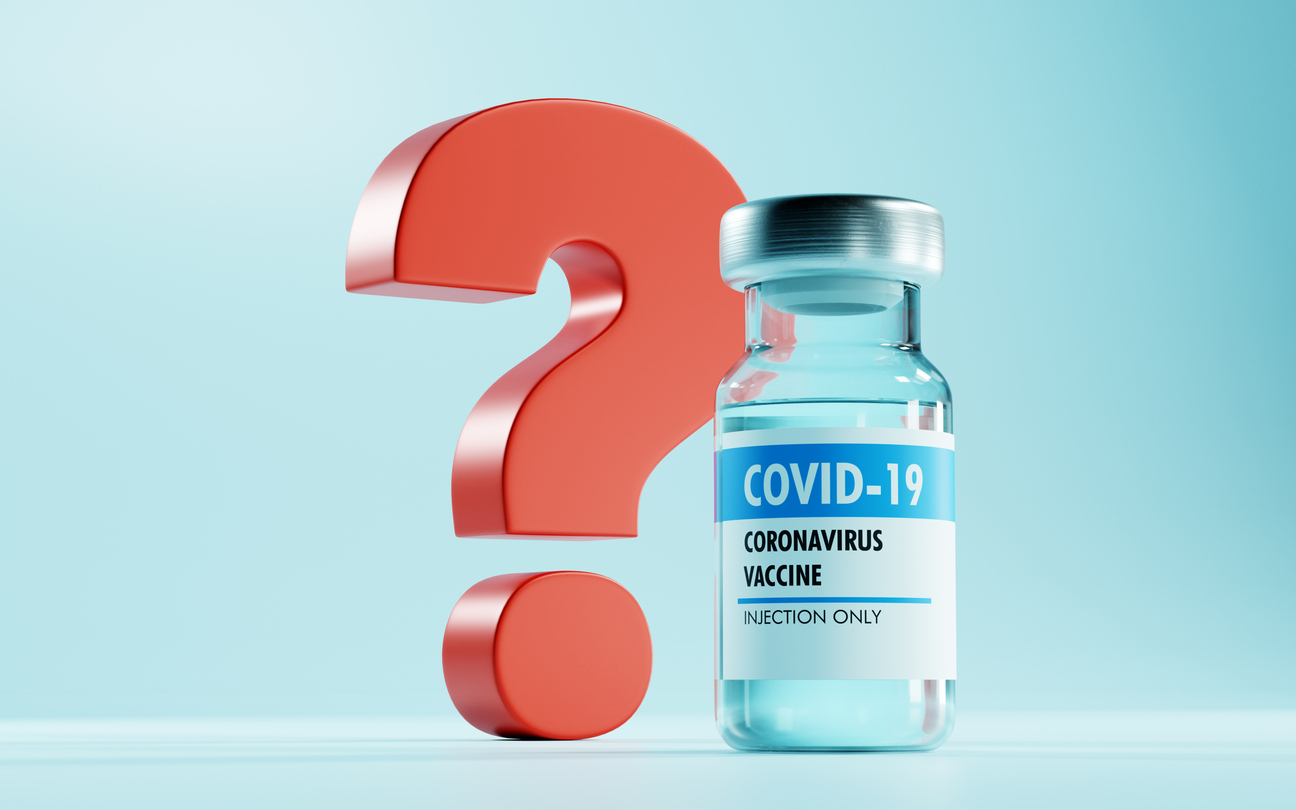2025-04-29
Pregnancy under surveillance: infections—who really protects?
Public Health and Social Medicine
Pregnancy is a critical period when it comes to infectious risks, especially in low- and middle-income countries (LMICs). Maternal infections are responsible for high rates of maternal and neonatal morbidity, including miscarriages, prematurity, low birth weight, and even infant death. Despite global prioritization of reducing maternal and neonatal mortality, 95% of maternal deaths still occur in LMICs, with most being preventable through appropriate care.
While numerous recommendations exist, real-world challenges—limited access to healthcare, lack of systematic screening, low vaccination coverage, and logistical constraints—make it difficult to implement comprehensive preventive strategies. A lack of reliable data and protocols tailored to local contexts continues to hinder efforts to combat these preventable diseases.
In this context, it is crucial to identify and implement effective, context-appropriate interventions to prevent and treat infections during pregnancy. Given the diversity of infectious agents involved—bacteria, viruses, parasites—an integrated approach combining prevention, early screening, and targeted treatment is needed. The objective of this study is to identify and evaluate the most effective interventions for preventing and treating infections during pregnancy, with the goal of improving maternal and neonatal health outcomes.
Maternal infections: what really works?
Thirteen preventive and management interventions for infections during pregnancy were selected to identify the most effective strategies for limiting fetal and neonatal complications while evaluating their applicability in resource-limited settings.
The interventions are grouped into three main categories:
- Antenatal Vaccination (tetanus, influenza);
- Screening and Prevention (insecticide-treated nets, intermittent preventive treatment for malaria, urinary screening, anthelmintic treatments);
- Targeted Treatment (antibiotics for syphilis, chlamydia, bacterial infections, and treatment of periodontal diseases).
Unlike influenza vaccination, tetanus vaccination has shown a significant impact on reducing neonatal mortality, prematurity, and low birth weight in LMICs.
In terms of prevention and screening, the use of insecticide-treated nets helps reduce the risk of fetal loss and improves birth weight. Increasing the frequency of intermittent preventive treatment for malaria (IPTp) significantly reduces the risk of low birth weight and improves birth weights overall. Adding an antibiotic to IPTp also shows additional benefits. Furthermore, screening and treating asymptomatic bacteriuria reduces the incidence of small-for-gestational-age births, although its impact on prematurity and neonatal mortality remains unclear. In contrast, anthelmintic treatments have not demonstrated clear benefits in reducing prematurity or mortality.
Finally, regarding anti-infective treatments, targeted antibiotic therapy against syphilis and chlamydia during pregnancy significantly reduces the risks of prematurity, stillbirth, and low birth weight. Treatment of periodontal disease also appears effective in reducing low birth weight, particularly in resource-limited settings. However, treating bacterial vaginosis has not demonstrated a major benefit in reducing prematurity or neonatal mortality.
Read next: ACT to the rescue!
Ready or Not: can we end infections?
Maternal infections during pregnancy represent a major cause of complications, particularly in resource-limited countries. Despite their impact, these infections often remain underdiagnosed and undertreated due to the diversity of pathogens, limited access to healthcare, and logistical difficulties in implementing effective preventive measures. The aim of this study was to identify the most relevant interventions to prevent and treat these infections in order to reduce maternal and neonatal morbidity and mortality.
The results show that the most effective strategies rely on tetanus vaccination, the use of insecticide-treated nets, increased malaria preventive treatment, and targeted antibiotic therapy. In contrast, other interventions, such as influenza vaccination, anthelmintic treatments, or treatment of bacterial vaginosis, did not demonstrate a significant impact on neonatal outcomes in LMICs.
However, the widespread adoption of these measures remains limited due to the small number of studies conducted in resource-limited countries, protocol heterogeneity, and logistical challenges faced in the field. Strengthening research, adapting protocols to local contexts, and coordinating international efforts to fill these gaps are therefore essential. Optimizing the prevention and management of maternal infections remains a priority to reduce maternal and infant mortality and to give newborns the best chances of survival.
Read next: COVID vaccine and pregnancy: a successful bet?
Source(s) :
Yasin, R., et al. (2025). Interventions to Prevent and Manage Infections in Pregnancy. Neonatology, 122(Suppl 1), 32–41 ;

Last press reviews
COVID vaccine and pregnancy: a successful bet?

#Pregnancy #COVID-19 #Vaccination #VaccineSafety #SARS ...
Pregnancy under surveillance: infections—who really protects?

#Infection #Pregnancy #Immunization #Immunity #Vaccination ...
